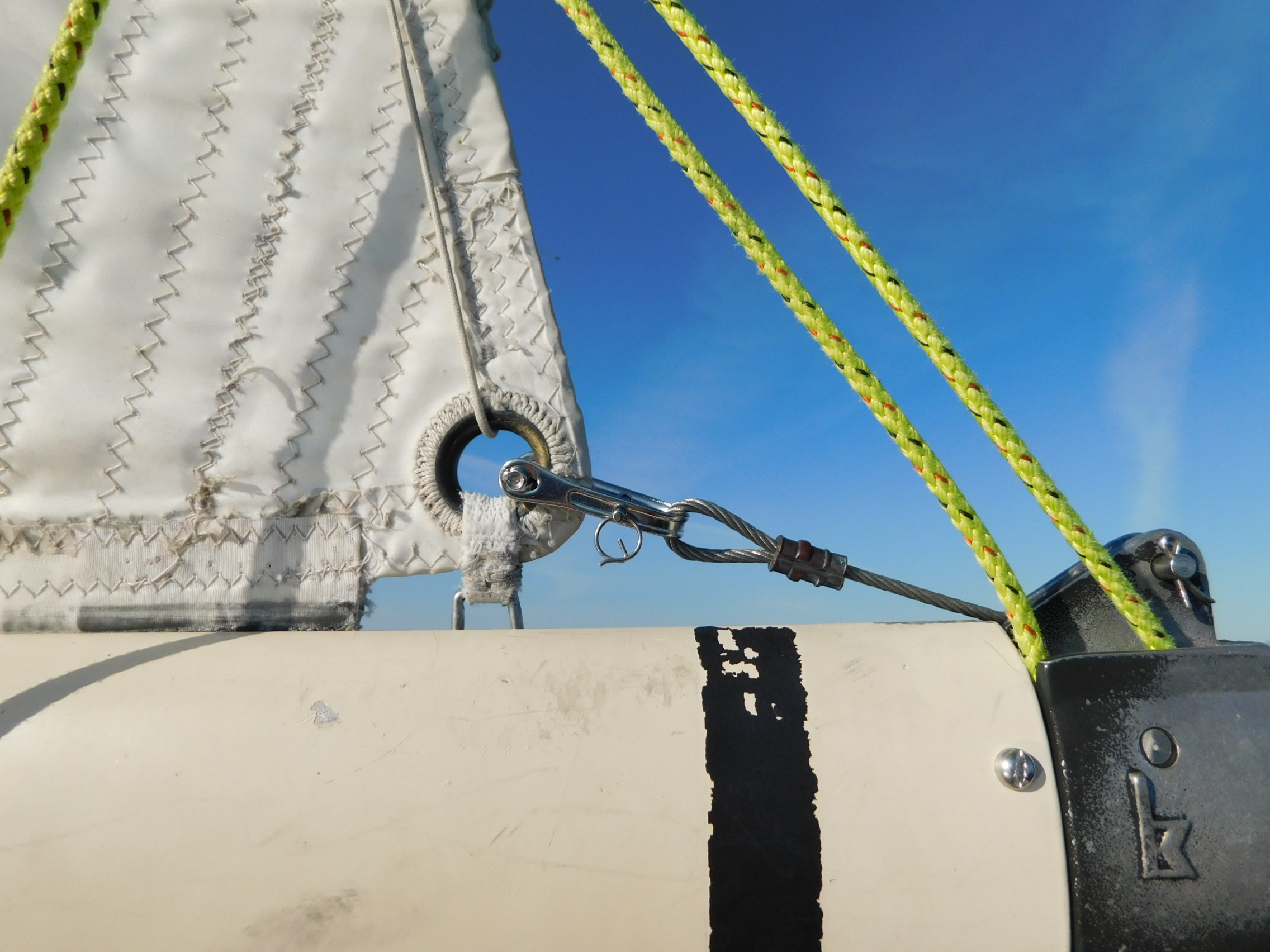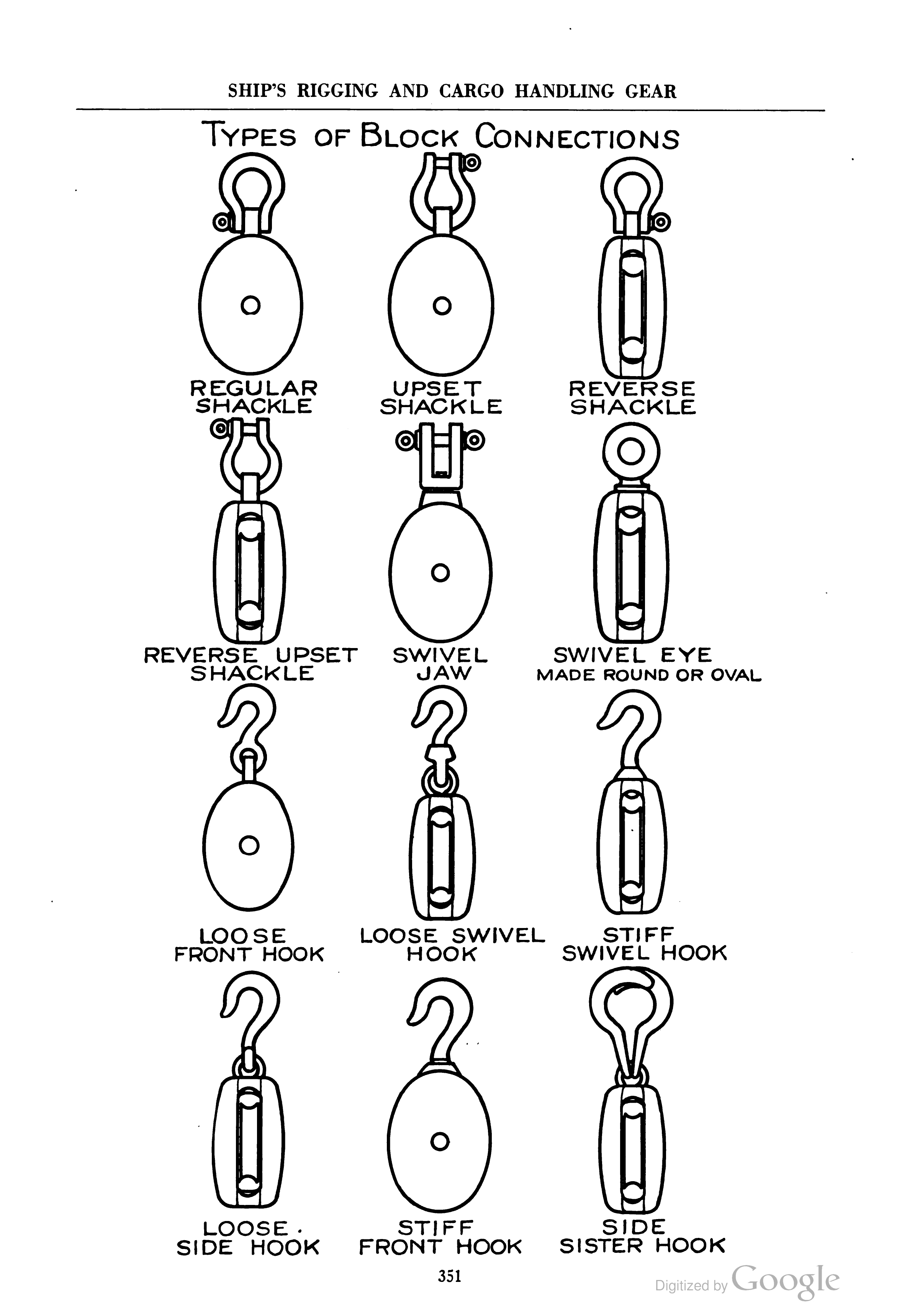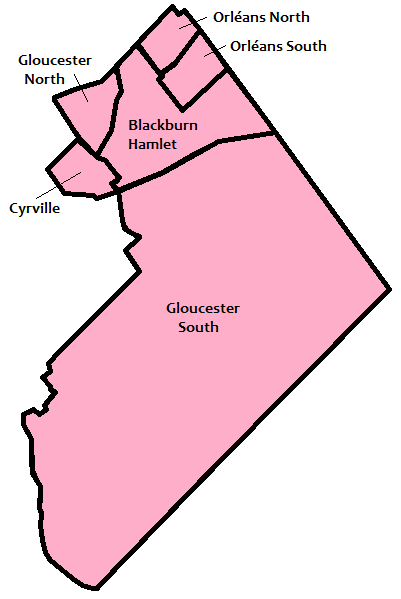|
Outhaul
An outhaul is a control line found on a sailboat. It is an element of the running rigging, used to attach the mainsail Parts of a sail#Corners, clew to the boom (sailing), boom and tensions the Sail components#Edges, foot of the sail. It commonly uses a Block (sailing), block at the boom end and a Cleat (nautical), cleat on the boom, closer to the mast, to secure the line. The outhaul is loosened to provide a fuller camber or tightened to give the sail foot a flatter camber. Depending on the wind, this will increase or decrease boat speed. Naval architect, Sailboat designer and sailing theorist, Frank Bethwaite, recommended that the outhaul, along with the other sail controls on a Sailing (sport), racing sailboat, should be knotted and the boom marked with the settings for different wind speeds. References {{Sail Types Sailing rigs and rigging ... [...More Info...] [...Related Items...] OR: [Wikipedia] [Google] [Baidu] |
Running Rigging
Running rigging is the rigging of a sailing vessel that is used for raising, lowering, shaping and controlling the sails on a sailing vessel—as opposed to the standing rigging, which supports the mast and bowsprit. Running rigging varies between vessels that are rigged fore and aft and those that are square-rigged. History of materials In centuries past, a ship's rigging was typically fashioned from rope. In the 19th century this was commonly referred to as Manilla, a reference to the origin of much good quality rope. Traditionally the running rigging was easily recognized since, for flexibility, it was not coated with tar and therefore of a lighter color than the standing rigging which was tarred for protection from weather and therefore darker or even black in color. On modern vessels, running rigging is likely to be made from synthetic fibers, while the standing rigging is most often fashioned from stainless steel "wire rope". Since the 1990s, several new synthetic fibe ... [...More Info...] [...Related Items...] OR: [Wikipedia] [Google] [Baidu] |
Boom (sailing)
In sailing, a boom is a spar (pole), along the of a fore and aft rigged sail, that greatly improves control of the angle and shape of the sail. The primary action of the boom is to keep the ''foot'' flatter when the sail angle is away from the centerline of the boat. The boom also serves as an attachment point for more sophisticated control lines. Because of the improved sail control it is rare to find a non-headsail without a boom, but lateen sails, for instance, are loose-footed. In some modern applications, the sail is rolled up into the boom for storage or reefing (shortening sail). Boom attachment The forward end of the boom attaches to a mast just below the sail, with a joint called the gooseneck. The gooseneck pivots allowing the other end of the boom to move freely. The clew (back corner) of the sail attaches to the free end of the boom. The entire ''foot'' of the sail may be attached to the boom or just the clew. If the ''foot'' is not attached to the boom, ... [...More Info...] [...Related Items...] OR: [Wikipedia] [Google] [Baidu] |
Parts Of A Sail
Sail components include the features that define a sail's shape and function, plus its constituent parts from which it is manufactured. A sail may be classified in a variety of ways, including by its orientation to the vessel (e.g. ''fore-and-aft'') and its shape, (e.g. ''(a)symmetrical'', ''triangular'', ''quadrilateral'', etc.). Sails are typically constructed out of flexible material that is shaped by various means, while in use, to offer an appropriate airfoil, according to the strength and apparent direction of the wind. A variety of features and fittings allow the sail to be attached to lines and spars. Whereas conventional sails form an airfoil with one layer of fabric, wingsails comprise a structure that has material on both sides to form an airfoil—much like a wing placed vertically on the vessel—and are beyond the scope of this article. Classifications Sails may be classified as either ''triangular'', which describes sails that either come to one point of suspen ... [...More Info...] [...Related Items...] OR: [Wikipedia] [Google] [Baidu] |
Sail Components
Sail components include the features that define a sail's shape and function, plus its constituent parts from which it is manufactured. A sail may be classified in a variety of ways, including by its orientation to the vessel (e.g. ''fore-and-aft'') and its shape, (e.g. ''(a)symmetrical'', ''triangular'', ''quadrilateral'', etc.). Sails are typically constructed out of flexible material that is shaped by various means, while in use, to offer an appropriate airfoil, according to the strength and apparent direction of the wind. A variety of features and fittings allow the sail to be attached to lines and spars. Whereas conventional sails form an airfoil with one layer of fabric, wingsails comprise a structure that has material on both sides to form an airfoil—much like a wing placed vertically on the vessel—and are beyond the scope of this article. Classifications Sails may be classified as either ''triangular'', which describes sails that either come to one point of suspens ... [...More Info...] [...Related Items...] OR: [Wikipedia] [Google] [Baidu] |
US Yachts US 22 Sailboat Vesper Outhaul 1133
The United States of America (U.S.A. or USA), commonly known as the United States (U.S. or US) or America, is a country Continental United States, primarily located in North America. It consists of 50 U.S. state, states, a Washington, D.C., federal district, five major unincorporated territories, nine United States Minor Outlying Islands, Minor Outlying Islands, and 326 Indian reservations. The United States is also in Compact of Free Association, free association with three Oceania, Pacific Island Sovereign state, sovereign states: the Federated States of Micronesia, the Marshall Islands, and the Palau, Republic of Palau. It is the world's List of countries and dependencies by area, third-largest country by both land and total area. It shares land borders Canada–United States border, with Canada to its north and Mexico–United States border, with Mexico to its south and has maritime borders with the Bahamas, Cuba, Russia, and other nations. With a population of over 333 m ... [...More Info...] [...Related Items...] OR: [Wikipedia] [Google] [Baidu] |
Sailboat
A sailboat or sailing boat is a boat propelled partly or entirely by sails and is smaller than a sailing ship. Distinctions in what constitutes a sailing boat and ship vary by region and maritime culture. Types Although sailboat terminology has varied across history, many terms have specific meanings in the context of modern yachting. A great number of sailboat-types may be distinguished by size, hull configuration, keel type, purpose, number and configuration of masts, and sail plan. Popular monohull designs include: Cutter The cutter is similar to a sloop with a single mast and mainsail, but generally carries the mast further aft to allow for a jib and staysail to be attached to the head stay and inner forestay, respectively. Once a common racing configuration, today it gives versatility to cruising boats, especially in allowing a small staysail to be flown from the inner stay in high winds. Catboat A catboat has a single mast mounted far forward and does not carr ... [...More Info...] [...Related Items...] OR: [Wikipedia] [Google] [Baidu] |
Mainsail
A mainsail is a sail rigged on the main mast of a sailing vessel. * On a square rigged vessel, it is the lowest and largest sail on the main mast. * On a fore-and-aft rigged vessel, it is the sail rigged aft of the main mast. The sail's foot is normally attached to a boom. (In extremely heavy weather, the mainsail may be lowered, and a much smaller trysail hoisted in its place). Historical fore-and-aft rigs used a four-sided gaff rigged mainsail, sometimes setting a gaff topsail above it. Whereas once the mainsail was typically the largest sail, today the mainsail may be smaller than the jib or genoa; Prout catamarans typically have a mainmast stepped further aft than in a standard sloop, so that the mainsail is much smaller than the foresail. Bermuda rig The modern Bermuda rig uses a triangular mainsail aft of the mast, closely coordinated with a jib for sailing upwind. A large overlapping jib or genoa is often larger than the mainsail. In downwind conditions (with t ... [...More Info...] [...Related Items...] OR: [Wikipedia] [Google] [Baidu] |
Block (sailing)
In sailing, a block is a single or multiple pulley. One or a number of ''sheaves'' are enclosed in an assembly between ''cheeks'' or ''chocks''. In use, a block is fixed to the end of a line, to a spar (sailing), spar, or to a surface. A line (rope) is ''reeved'' through the sheaves, and maybe through one or more matching blocks at some far end, to make up a Block and tackle, tackle. The ''purchase'' of a tackle refers to its mechanical advantage. In general the more sheaves in the blocks that make up a tackle, the higher its mechanical advantage. The matter is slightly complicated by the fact that every tackle has a ''working end'' where the final run of rope leaves the last sheave. More mechanical advantage can be obtained if this end is attached to the moving load rather than the fixed end of the tackle. There are various types of blocks that are used in sailing. Some blocks are used to increase mechanical advantage and others are used simply to change the direction of a li ... [...More Info...] [...Related Items...] OR: [Wikipedia] [Google] [Baidu] |
Cleat (nautical)
In nautical contexts, a cleat is a device for securing a rope. Types Types of cleat designs include the following: * A horn cleat is the traditional design, featuring two “horns” extending parallel to the deck or the axis of the spar, attached to a flat surface or a spar, and resembling an anvil. * A cam cleat in which one or two spring-loaded cams pinch the rope, allowing the rope to be adjusted easily, and quickly released when under load. * A jam cleat in which the line is pinched in a v-shaped slot. * A clam cleat (or jam cleat) in which the rope is held between two fluted stationary pieces. Such a cleat vaguely resembles two halves of a clam shell held back to back. It is more compact than a cam cleat, but the rope is less easily released under load. A cleat hitch is a knot used to secure a rope to a cleat. Tied cleat.jpg, A line tied with a cleat hitch to a horn cleatAshley 1993, p. 286. on a dock. The line comes from a boat off the top of the picture, around the ri ... [...More Info...] [...Related Items...] OR: [Wikipedia] [Google] [Baidu] |
Gloucester, Ontario
Gloucester ( ) is a former municipality and now geographic area of Ottawa, Ontario, Canada. Located east of Ottawa's inner core, it was an independent city until amalgamated with the Regional Municipality of Ottawa–Carleton in 2001 to become the new city of Ottawa. The population of Gloucester is about 150,012 people (2021 Census). History Gloucester, originally known as Township B, was established in 1792. The first settler in the township was Braddish Billings in what is now the Billings Bridge area of Ottawa. In 1800, the township became part of Russell County, Ontario, Russell County, and later Carleton County, Ontario, Carleton County in 1838. In 1850, the area was incorporated as Gloucester Township, named after Prince William Frederick, Duke of Gloucester and Edinburgh. Over the years, parts of Gloucester Township were annexed by the expanding city of Ottawa. Gloucester was incorporated as a city in 1981 and became part of the amalgamated city of Ottawa in 2001. Town ... [...More Info...] [...Related Items...] OR: [Wikipedia] [Google] [Baidu] |
Canadian Yachting Association
Sail Canada (formerly the Canadian Yachting Association) is Canada's governing body for the sport of sailing. Sail Canada is a "Member National Authority" of World Sailing . ISAF: Member National Authorities Organization of sailing in Canada is divided into four groups: yacht clubs, Provincial Sailing Associations, class associations, and Sail Canada itself. Yachting and sailing clubs may provide their members with moorage for their boats, boat launch facilities, organize regattas, put on social functions, and/or provide training to children and/or adults. There are ten Provincial Sailing Associations (PSA) that are responsible for organizing instructor courses, registering keelboats and providing PHRF rating certificates and sail numbers, and training provincial team athletes. Class associations (such as the Laser class) are responsible for measuring and registering one-design boats, and organizing regional, national, and international regattas. Sail Canada is responsib ... [...More Info...] [...Related Items...] OR: [Wikipedia] [Google] [Baidu] |
West Sussex
West Sussex is a county in South East England on the English Channel coast. The ceremonial county comprises the shire districts of Adur, Arun, Chichester, Horsham, and Mid Sussex, and the boroughs of Crawley and Worthing. Covering an area of 1,991 square kilometres (769 sq mi), West Sussex borders Hampshire to the west, Surrey to the north, and East Sussex to the east. The county town and only city in West Sussex is Chichester, located in the south-west of the county. This was legally formalised with the establishment of West Sussex County Council in 1889 but within the ceremonial County of Sussex. After the reorganisation of local government in 1974, the ceremonial function of the historic county of Sussex was divided into two separate counties, West Sussex and East Sussex. The existing East and West Sussex councils took control respectively, with Mid Sussex and parts of Crawley being transferred to the West Sussex administration from East Sussex. In the 2011 censu ... [...More Info...] [...Related Items...] OR: [Wikipedia] [Google] [Baidu] |







.jpg)

.png)